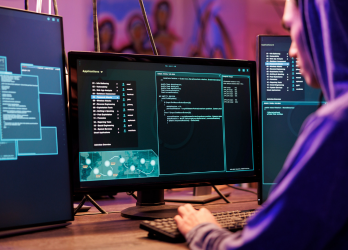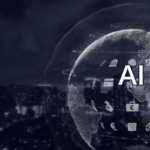Blue Screen of Death (BSoD) outage and CrowdStrike’s security update mishap have spotlighted a pressing issue within the tech industry: the outsourcing of critical software updates to third-party providers. While it’s easy to point fingers at Microsoft and others, the real question we should be asking is how to prevent such issues from recurring across the industry.
Today’s software landscape is complex and interconnected. Major operating system providers like Microsoft, Apple, and Google often rely on third-party vendors for various aspects of their software updates and management. This outsourcing is necessary for efficiency and innovation, but it also introduces vulnerabilities and risks that can lead to significant outages and security breaches.
Process adherence is not the strongest point in a typical software industry, be it big or small, no matter how many certifications they have to provide assurance on process. Certifications like ISO and CMMI are intended to ensure a high level of process maturity and consistency, yet the practical application of these processes often falls short. Companies might have well-documented procedures and policies, but the real challenge lies in their consistent implementation. Factors such as tight deadlines, resource constraints, and evolving project requirements can lead to shortcuts and deviations from the established process, increasing the likelihood of errors and issues.
Blaming Microsoft for the BSOD incident is a narrow view. The broader industry challenge is ensuring that third-party integrations are robust, secure, and reliable. Here are a few strategies that can help:
- Enhanced Vetting and Auditing: Companies must rigorously vet and regularly audit their third-party providers and their processes. This includes thorough security assessments and compliance checks to ensure that the partners meet the highest standards.
- Improved Communication and Coordination: Establishing clear communication channels and protocols between the primary company and its third-party providers can help in quickly identifying and mitigating potential issues before they escalate.
- Redundancy and Fail-Safes: Implementing redundancy and fail-safe mechanisms can minimize the impact of any single point of failure. This includes having backup systems and alternative providers ready to step in if needed.
- Continuous Monitoring and Response: Utilizing AI and machine learning for continuous monitoring can help detect anomalies and respond to threats in real time, reducing the likelihood of outages and breaches.
- Incremental Updates: Even critical security updates cannot be pushed out in one shot. There needs to be an incremental push, perhaps region by region or country by country, to monitor the impact and catch any issues early before they become widespread.
In conclusion, while the spotlight may be on Microsoft today, the industry as a whole must introspect from the incident and take proactive steps to strengthen the integrity and reliability of their software ecosystems. By focusing on preventive measures and collaboration, we can build a more resilient digital future.


